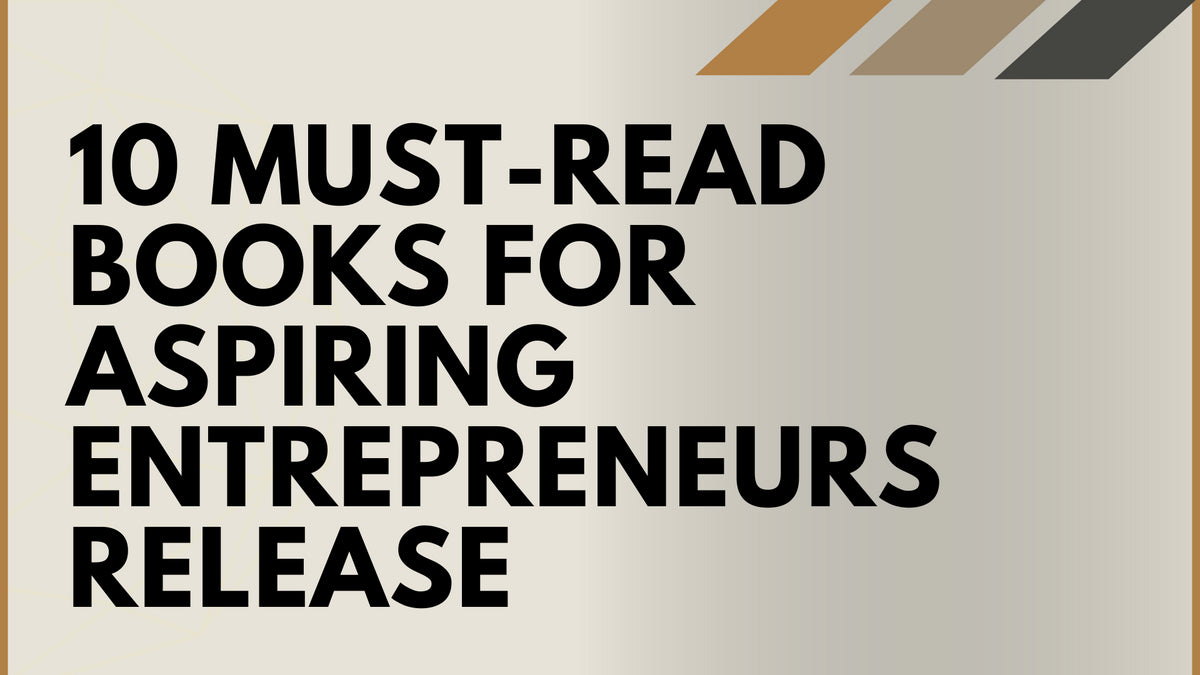Your Cart is Empty
Give and Take Book Summary: Why Helping Others Matters
Listen To This Article
Succeed By Helping Others
There are three fundamental styles of social interaction which are Givers, Takers and Matchers. Givers, people who unselfishly help others without expecting anything in return, are most likely to succeed. Takers try to obtain more out of their social interactions than they give in return, putting their own interests first. Matchers try to find balance between giving and taking. Givers succeed because their values are focused on helping others who then become champions of their success.
Learn How To Engage Others To Succeed
- Author Adam Grant discusses the three types of social interactions in great detail, offering many examples of each
- People interact with others in one of three ways – as Givers, Takers and Matchers
- Givers are the people more likely to experience great success because they authentically help others succeed, and the people they help become the Giver’s champions
- Takers expect something in return so are viewed as self-serving in their interactions, discouraging others from being supporters
- Matchers are always striving to maintain a balance as a Giver and Taker which is difficult to do
- Givers are more collaborative and good at teamwork which enhances their success
- There are many examples of givers who reached the pinnacle of success, from Abraham Lincoln to medical school students
- Givers have values like helpfulness, social justice, responsibility and compassion
- Takers have values like wealth, pleasure, power and winning
- Matchers have values like fairness, equality and reciprocity
- Takers can put on a façade as a giver when, in reality, they are networking for personal gain and uninterested in what people below them think
- There are recognizable clues that someone is a Taker
- Givers have four key domains which are collaborating, networking, evaluating and influence
- Givers can avoid burnout and becoming a pushover
- Most people move between the three types of interactions in response to circumstances and their relationships with other people

Featured In This Review
Give & Take
$13.99
Learn to improve the way you engage with your team, to build a better reputation, be get what you want while letting everyone else win too!
SHOP NOWGive and Take Book Summary
Adam Grant takes a deep dive into the qualities people have that lead to their success. Conventional wisdom says motivation, ability and opportunity are the most important qualities, but he identifies a fourth one – social interactions. A similar concept is explained in the book How to Win Friends and Influence People. Success is not only dependent on skills and motivation, success is also dependent on how people interact with each other. Each social interaction leads to a choice. Will you be a Taker, claiming as much value as possible for yourself; a Giver who contributes as much value as possible without expecting anything in return; or a Matcher who tries to find balance between giving and taking?

People are usually Givers in their personal relationships, but being a Giver is viewed differently in the workplace. Research has shown that Givers are at a disadvantage, often falling to the bottom of the success ladder. However, research has also shown that the people at the very top of the success ladder are also Givers. Givers are the worst and best performers, often stereotyped as doormats, but they are the people who dominate as the most successful leaders across industries. The word “Giver” implies the person is nice and altruistic, and that is not necessarily true. Givers simply have a different way of approaching interactions compared to Takers and Matchers. The idea that people can find success based on the psychological principle of persuasion is discussed in the book INFLUENCE, and the six principles of influence are all about how people respond to each other.

Givers reach the top in terms of success because, when they win, their success spreads to others. People cheer them on and enjoy their own enhanced opportunities to succeed as a result of the Giver. Takers who win often lead to other people losing, creating resentment and a wish for the Taker to fail. No one wants to work for or associate with the bullies and egomaniacs, like the people described in the book The No A--hole Rule. One of the interesting aspects of Givers is that they often do not recognize their values, like helpfulness and compassion, as their strengths. In the business world, strength, toughness and results orientation have been valued, so Givers leave their human feelings at the door to avoid being judged at work as weak. This is why so many people choose matching for their work relationships but will tend towards taking when they believe this is respected more than giving. Matchers want to see Givers rise to the top but also want to “punish” Takers or see them fail.

Grant weaves his way through examples and explanations as to how Givers interact with others and how they avoid becoming viewed as pushovers. It is the pushovers who end up at the bottom of the success ladder. The author also discusses why Givers may experience burnout, leading to a description of two types of Givers. The selfless giver and the “otherish” giver. Selfless Givers will give to the point of self-sacrifice, leading to burnout. It would seem they need to rewire their brain for happiness to achieve more positivity for themselves, if they want long-term success. More information about this idea is thoroughly discussed in the book The Happiness Advantage. Otherish Givers care about helping others but also have ambitious goals for their personal interests. Givers avoid burnout by working with people they see they can effectively help, which may mean doing more and not less. Otherish Givers will ask for help from colleagues and mentors to help them maintain their motivation.
Want to buy a book review like this?
Click here to learn how to get your book reviewed!
Another interesting aspect of the book is the examples of people who appeared to be Givers but were actually Takers. A façade as a Giver eventually crumbles. It is difficult to hide a taking personality forever because the behaviors of Takers, and their need to succeed without regard for the impact on others, catches up to them. For example, an intimidator, like the people described in the book Winning Through Intimidation, is unlikely to be able to maintain a pretense of being a Giver.

The discussion in this book is particularly relevant today as organizations address issues like social responsibility and diversity. A good example is the research that demonstrates women have different leadership styles compared to men. Women are more collaborative and relationship builders. Men in power have always been respected for their assertiveness and task-based behaviors. Once again, these are psychological issues since how people think drives behaviors. As the book Quiet Leadership discusses, successful leaders understand their thinking process and the thinking of other people.
Many organizations continue to struggle to move women into leadership positions because they stereotype the giving style of women as a weakness. The legacy organizations have also struggled with accommodating new generations of workers who expect their employers to be more socially responsible and honestly care about their employees, employee families and principles like social justice. It could be viewed as a clash of Givers and Takers and the struggle of Matchers to thrive in the new environment.
In the final analysis, few people are only a Giver or only a Taker or only a Matcher. They shift their reciprocity style across the three social interactions to manage circumstances, relationships and work roles. However, Givers are most likely to develop and contribute to a caring workplace culture in which employees are engaged, like the one described in the book The Workplace Engagement Solution, because they are the people who inspire success in others.
About The Author Adam Grant
Adam Grant is an American organizational psychologist, bestselling author and speaker, in addition to being a professor at the Wharton School of the University of Pennsylvania. Grant was tenured at the Wharton School while still in his twenties, an amazing accomplishment. He is a leading expert on finding motivation and meaning in order to live more creative and generous lives, learning to rethink and unlearn and developing resilience. Grant earned his B.A. from Harvard University and his Ph.D. in organizational psychology from the University of Michigan. He has earned numerous awards for scholarly achievement from the National Science Foundation, Academy of Management and the American Psychological Association.
A prolific author, Grant has written four books that became New York Times bestsellers. They are Give and Take: A Revolutionary Approach to Success, Originals, Option B and Power Moves. These books have sold millions of copies, and in a testament to their global meaningfulness, have been translated into 35 languages. His most recent book is Think Again (launches in February 2021) addresses creating a culture of learning.
Grant has been recognized as one of the world’s most influential management thinkers by people like Bill and Melinda Gates and Richard Branson, to name two. Born in 1981, he earned the distinction of being named as one of Fortune’s 40 under 40. His books have been given numerous honors and have been honored as the year’s best by Apple, Amazon and the Wall Street Journal.
In addition to writing, Grant hosts the TED original podcast WorkLife which cover a range of topics from burnout to remote work to work relationships. His TED Talks videos on givers and takers and original thinkers in the workplace have been viewed more than 20 million times. He delivers keynote speeches and presentations to some of the world’s largest companies, including Google, Apple, Bank of America, Merck, Accenture and Facebook. Grant also serves on the Defense Innovation Board at the Pentagon. He has millions of followers on Facebook and LinkedIn.
Want to buy a book review like this?
Click here to learn how to get your book reviewed!
Leave a comment
Comments will be approved before showing up.
Also in Books

The Best Books for Google Analytics 4 (GA4) Training
Unlock the secrets of Google Analytics 4 with our curated list of the best GA4 training books for 2023! Dive deep into actionable insights, master advanced techniques, and lead the digital analytics revolution. Don't get left behind; discover the ultimate resources to dominate GA4. Click now to elevate your skills!
Read More
10 Must-Read Books for Aspiring Entrepreneurs
Do you dream of starting your own business? If so, you need to read this article! We've compiled a list of 10 must-read books for aspiring entrepreneurs. These books will provide you with the knowledge and inspiration you need to turn your dream into a reality. Click here to read the article and learn more!
Read More
Top 15 Books on Personal Finance
Are you looking for a safe and informative place to learn about personal finance? If so, you've come to the right place! This article discusses the top 15 personal finance books on the market, all of which are sure to help you improve your financial situation without any explicit sexual descriptions or that is sexually suggestive in nature or is primarily intended to cause arousal.
Read More